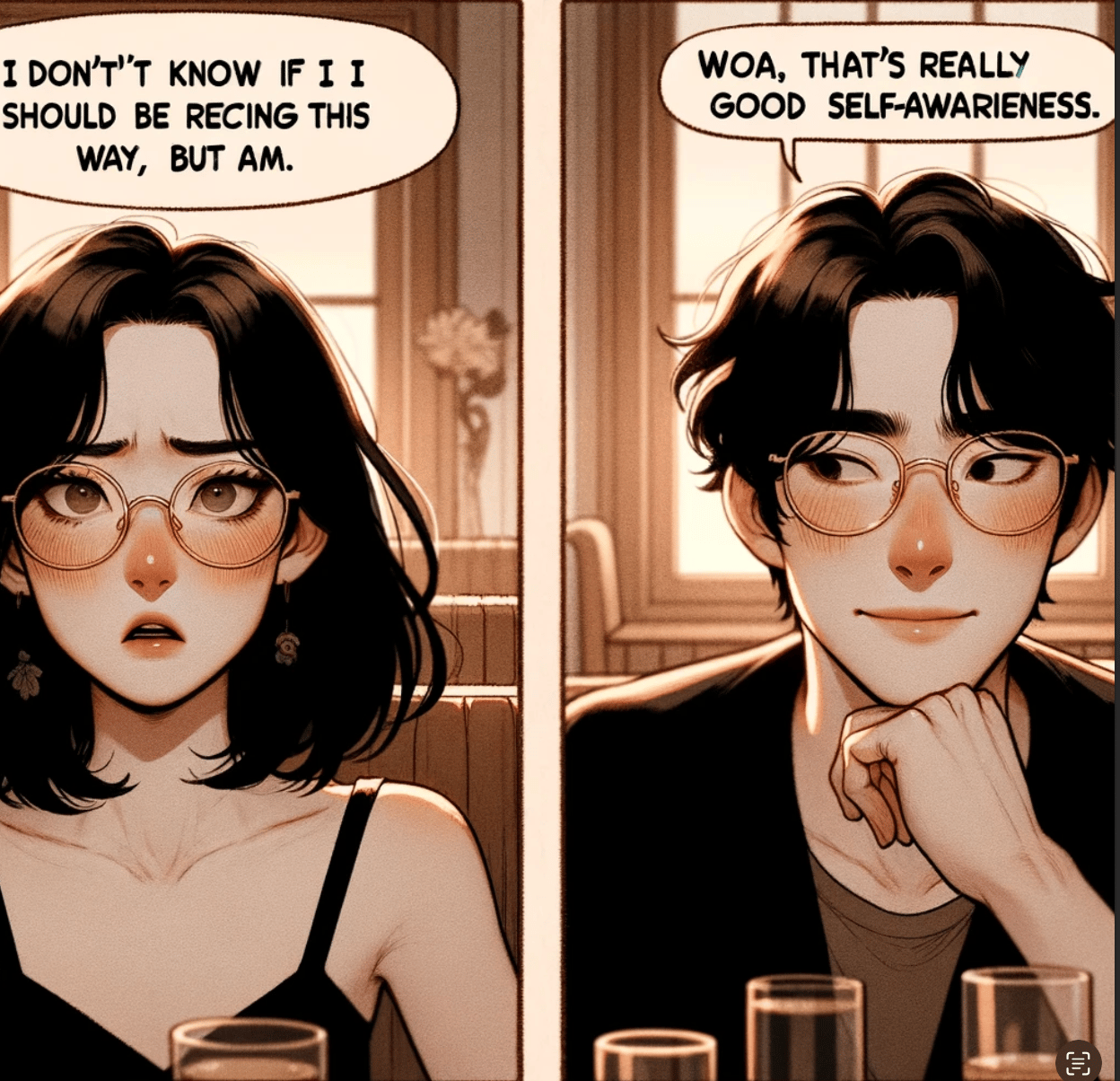"Let's take a break."
Her voice came through the phone raised, tense, unmistakably angry. It was Thursday night, and this wonderful lady I'd been seeing had found some clues about me seeing other people.
"I don't even know if I should be reacting this way, but I am," she continued.
I felt my body tighten, my breath shallow. My initial responses were short, defensive. I could feel myself closing down, mirroring her withdrawal.
But in that moment of raw honesty – her admission that she might be overreacting while still fully in that reaction – something shifted between us.
When Bodies Speak Before Minds
What I realized in that moment wasn't entirely new, but it hit me with fresh clarity: when people pull away, get angry, or shut down, they're not trying to hurt us. They're signaling they don't feel safe.
I see this pattern at work relationships too.
That job offer that was withdrawn after I kept pressing for more clarity? The company didn't feel safe investing their time and resources in someone who couldn't commit.
We can call this "the wisdom beneath the reaction." Our bodies instinctively move away from perceived danger – emotional or physical – before our conscious minds can even articulate why.
But here's what fascinates me: the moment this lady acknowledged her reaction – "I don't know if I should be reacting this way" – she created more safety between us, not less. Which I really, really appreciate.
I felt it physically. My breathing deepened again, and my shoulders relaxed slightly,.
The Vulnerability Journey
There's a counterintuitive truth here that took me a while to get: real safety doesn't come from perfect composure or avoiding all negative reactions. It comes from being able to name those reactions while we're still in them.
Our body's journey through that conversation followed a clear pattern:
Initial tension: Two nervous systems in reaction mode, both feeling unsafe
Moment of vulnerability: Her admission of the gap between how she "should" respond and how she was actually responding << this means someone is calming down.
Resolution: A gradual landing together, patience emerging on both sides. Nervous system co-regulated again.
Shared & increased safety: Created not through agreement, but through working through things together.
Dr. John Gottman's research shows that successful relationships aren't those without negative interactions – they're those with a 5:1 ratio of positive to negative ones. The key isn't avoiding all conflict; it's knowing we can navigate through it together.
I used to think safety came from being my "best self" at all times – never reactive, always composed, perfectly rational.
What a exhausting fraud that was. And how unsafe it made others feel around me.
The Gap Where Growth Lives
I'm learning that the most profound form of safety emerges in the acknowledged gap between "who we aspire to be" and "who we actually are" in any given moment.
When this lady admitted she might be overreacting while still in that reaction, she wasn't just being vulnerable – she was creating room for both of us to be imperfectly human together.
This isn't about excusing harmful behavior by the way. It's about recognizing that the path back to connection often goes through honest acknowledgment, not perfect conduct.
As the book "The 5 Personality Patterns" by Steven Kessler brilliantly explains, our withdrawal or anger patterns are ancient survival strategies – signals that our sense of safety has been compromised. Recognizing them as safety mechanisms rather than personal attacks changes everything.
The Practice of Honest Sharing
Now when I notice tension in my relationships – romantic, professional, familial – I ask myself:
"What's making one or both of us feel unsafe right now?"
Rather than focusing solely on the content of disagreement, I look for the underlying safety concern. And rather than trying to fix the reaction, I acknowledge it:
"I notice I'm getting defensive right now."
"I can feel myself wanting to withdraw from this conversation."
"Part of me wants to prove I'm right instead of understanding your perspective."
The magic isn't in avoiding the reaction – it's in returning to connection faster after it happens. It's in building the trust that we can handle each other's full humanity.
The Question That Creates Safety
After any interaction where you felt someone pull away or react strongly (including yourself), try asking:
"What needed to happen for us to feel safe again in that moment?"
Not "Who was right?" or "How do I avoid triggering that response?".
This week, notice one relationship where withdrawal or strong reactions occur. Instead of focusing on changing the behavior, get curious about the safety dynamics underneath.
Because the most profound safety might come not from avoiding all triggers, but from knowing we can navigate reactions together, honestly and with patience.
With compassion for our perfectly imperfect responses,
Khuyen
P.S. Fun thing to try. Next time you find yourself reacting strongly, try saying: "I don't know if I should be feeling this way, but I am." Notice how naming the gap between ideal and reality often creates more safety than pretending the gap doesn't exist.
PSS: Like what you read? Join 500+ others receiving my daily sharing on making clearer decisions & stronger connections.




